ECG Blog #365 — A 30yo with Pericarditis.
Ken Grauer, MD
FEBRUARY 24, 2023
The ECG in Figure-1 was obtained from a previously healthy 30-ish year old man — who presented to medical attention for vasovagal syncope. Based on this initial ECG — the patient was transferred to a PCI-capable center: Do YOU agree with the need for transfer? Figure-1: The initial ECG in today's case.


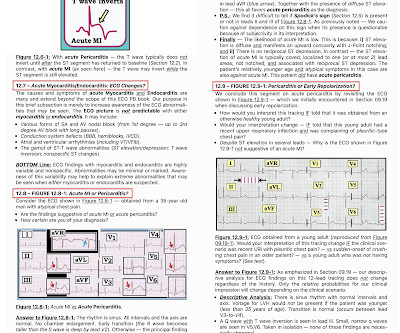
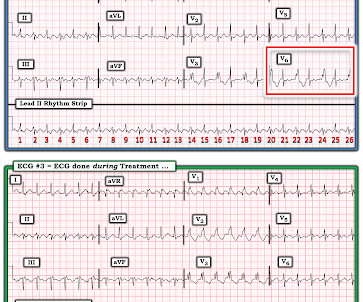
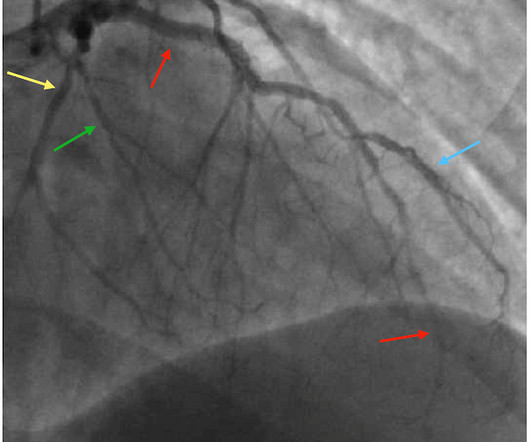
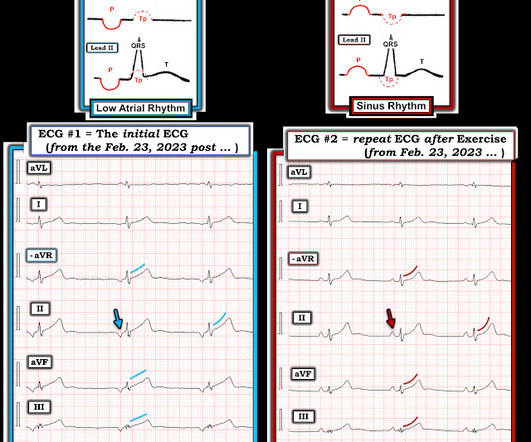
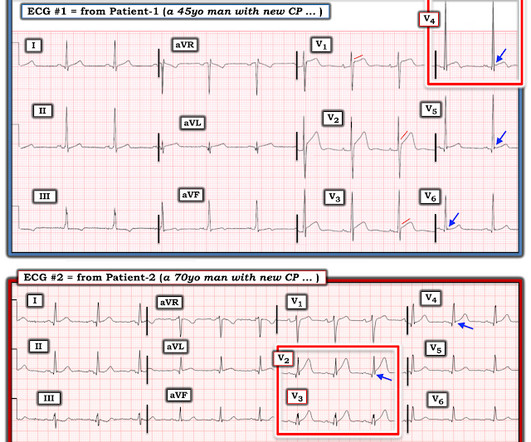
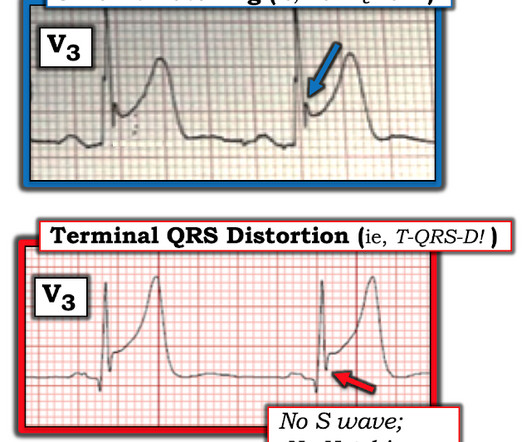
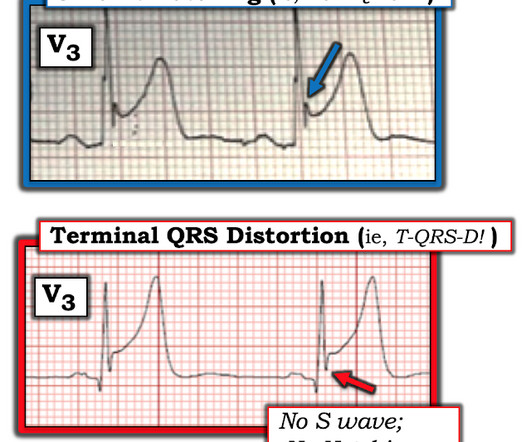
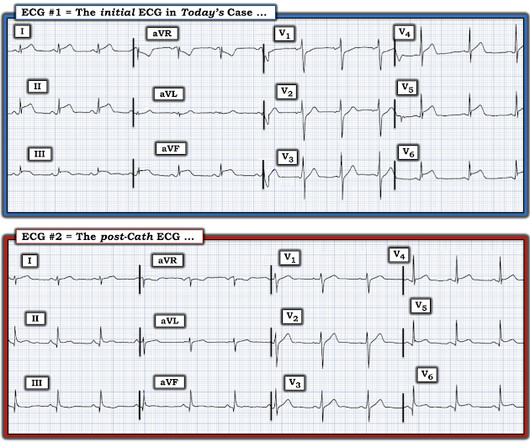
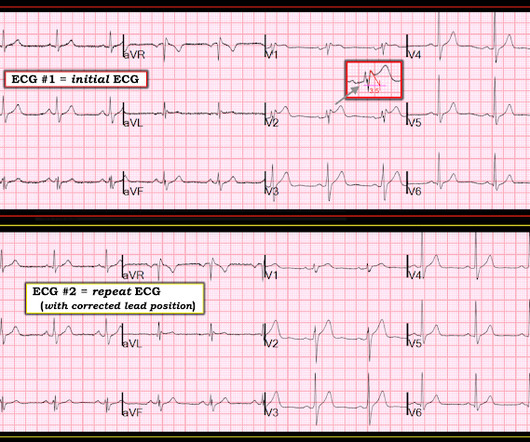
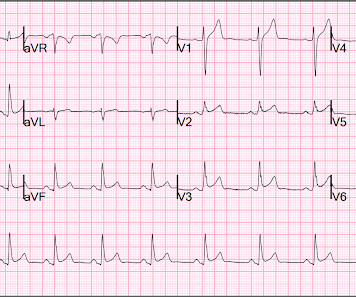
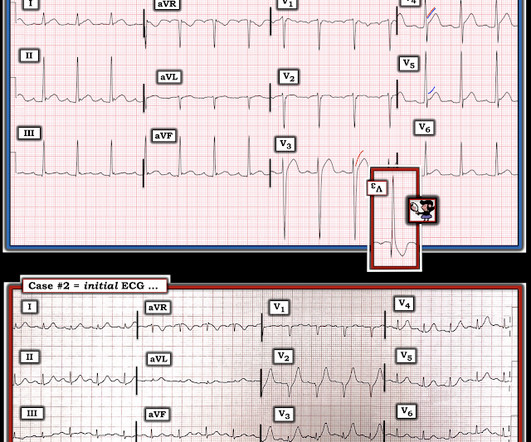
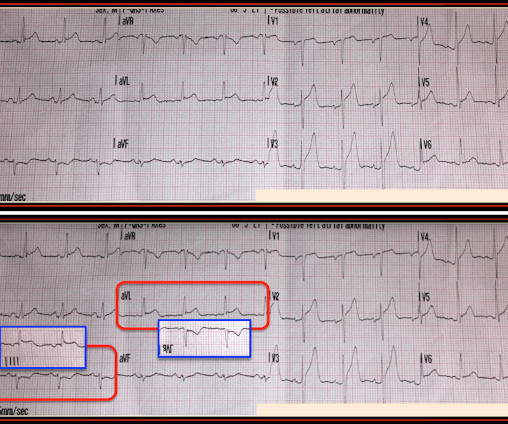
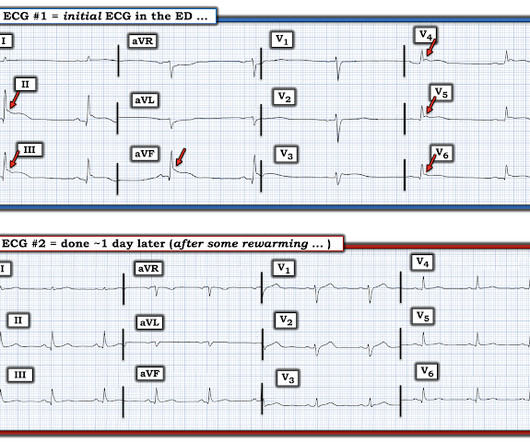
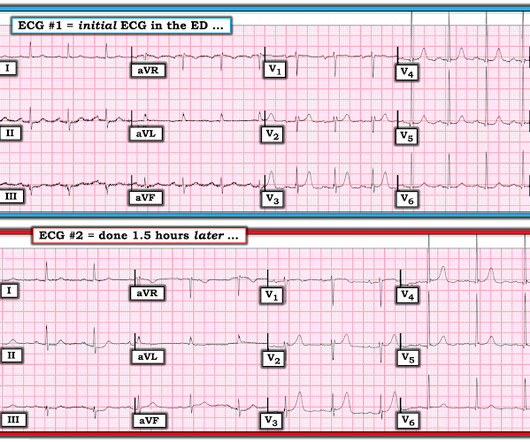







Let's personalize your content